We’ve been waiting a while for the New-generation Triton, and its development involves in-house engineering at Mitsubishi Motors Australia. Japanese and Korean car makers hold Australian know-how in high regard.
Today in Gay Car News, we look at how Mitsubish’s Triton was developed, how Lang Lang played a part, and why utes arre important to the gay car buying market.
“Traditionally utes have been designed with a singular purpose in mind, as a workhorse,” said Tony Dorrington, Project Manager within MMAL’s Product Strategy team
“However in the last five years, customers expect their ute to do the family duties and the weekend activities, as well as working and towing.
“With new-gen Triton we targeted a similar drive experience to a good SUV, with improved agility, responsiveness and ride comfort, but retaining Triton’s traditional off-road and workhorse capabilities.
“We’ve improved all dynamic elements of the vehicle to ensure new-gen Triton’s performance is a match for Australia’s tough conditions and customer expectations.”
Video Review: 2023 2023 GR Corolla GTS Back from the DEAD!!! Full Review – GayCarBoys review – Alan Zurvas
Video Review: OneCarStereo Wireless CarPlay “Smart AI Box” Review Part 1: Unboxing and first test – GayCarBoys review – Alan Zurvas
Video Review: Why My 2022 Jeep Wrangler Rubicon is the Best Gay Car Mini Review
#jeepaustralia, #jeep, #jeepwrangler, #wranglerrubicon, #alanzurvas, #gaycar, #gaycarboys #shorts
- Top GayCarBoys Stories:
- Sexy Men Drive 2021 Toyota Yaris Cross
- 10 Sexiest MotoGP Motorcycle Riders
- DON’T Drive YOUR CAR until you’ve Checked if your AIRBAG will KILL YOU
- 10 Hottest Racing Drivers
- Top 12 Best Gay Lesbian LGBTI Luxury Cars
- Top 10 Gay Lesbian LGBT Cars
- Top 10 Gay Lesbian LGBT Sports Cars
- Top 15 gay and lesbian LGBT SUVs
- Talented Twinks – Callum Ilott Virtually Races Arthur Leclerc
ABOVE: All-New 2024 Mitsubishi triton Development at Lang Lang, Australia
The Changes in a Post-COVID Vehicle Development World
Like many carmakers, covid restricted world movement, making development teams resort to a “needs must” strategy. It delayed several model releases for time.
“It was on the back of this work that our MMC colleagues – led by Hiroshi Nagaoka, Global Head of Research and Development, who personally attended Australia – recognised MMAL’s capability in this space. With the new-gen Triton being so vital for this market, the decision was made to collaborate on Australian-market specification,” Dorrington said.
“There were several focus points for Triton. Most important was steering feel. We drive long distances and having steering that offers a clearly defined centre-point, to provide directional stability, makes the vehicle less tiring to drive.
“The adoption of EPS has allowed us to reduce effort during parking and low-speed manoeuvres, which also assists when off-road. At higher speeds, steering feedback is improved.
“Finally, we wanted to give Triton the steering linearity, body control, ride and handling experience as close to a good SUV as possible, while retaining its traditional strengths.”
Triton travelled public roads and proving grounds, and several steering options were tested at Lang Lang. “Having access to somewhere like Lang Lang accelerates the process immensely,” said Dorrington. “We could evaluate changes on multiple road conditions back-to-back to set accurate benchmarks.”
We’ve heard from many brands, that Australian testing results in specific tuning and development for this big continent, even though it is sparsely furnished with humans.
“As with any new Mitsubishi Motors product, the R&D team first worked with each Triton market to understand their requirements, via a collaborative discussion,” said Tetsuya Tobe, Segment Chief Vehicle Engineer for Triton.
Light Commercial Vehicles consistently sell in the top ten, and for many years, right at the top of the Top Ten list. Toyota’s Hilux and Ford’s Ranger battle it for top spot. The pick-up ute has become so significant to the Australian market that the current mastheads will be joined by new players over the next few years.
There are new models from America, Korean and China. VW recently released its Ranger-based Amorok, so the landscape is wide open for new and existing models. Pick-up style utes became even more important after Hoden and Ford stopped production of the Commodore and Falcon utes, and join SUVs in rising above the passenger car segment by a significant amount. Passenger cars are 17.6% of the market, LCVs which include pick-up utes account for 22% of the market, and SUVs a massive 56.1%. The rest is a conglomeration of heavy vehicles like buses and trucks. Since 221,774 of the 1,006,095 vehicles sold so far this year are LCVs, it is a fair assumption that not all of them are purchased for business use.
Like SUVs, utes are important parts of the leisure market, opening all sorts of doors for savvy designers. Utes are often upgraded with EOM and after market accessories for off-road use. Grey nomads tow campers and vans, and families use utes to cart sports equipment and dirt bikes. There are many more uses for an LCV than a tradie with a trailer.
Gay men in particular like a badge, so why buy a ute? Gay buyers report using utes in business, and as camping tools, towing pop-ups for a quick weekend away. Utes have become comfortable and well equipped alternatives to regular SUVs, yet have the flexibility and space for multi-purpose applications.
Not only LGBTI drivers, tradies, and campers can be seen in Pick-Ups.
“Australia is a very important market for us, particularly in the light commercial segment, so from our initial discussions we created a plan to test the Triton in Australian conditions.
“We also tested extensively in other markets and at Tokachi and Okazaki Japanese R&D centres, but for Australia’s unique road conditions we were able to call on the MMAL team’s local expertise and support to ensure the Triton’s dynamics would compare favourably to the segment benchmarks,” Tobe said.
Other GayCarBoys SUV Stories:
- Suzuki Jimny is Everyone’s Must-Have. Here’s Why.
- Sexy Men Drive 2021 Toyota Yaris Cross
- Top 15 gay and lesbian LGBT SUVs
- Toyota Landcruiser VX: King of the Load
- LandCruiser Sahara: Your limo to the wild awaits.
- 2020 Landrover Defender: New, for the sake of it?
- Landrover Defender In Final Desert Testing
- 2020 Range Rover Evoque P250 R-Dynamic S VIDEO REVIEW
- Land Rover Around The World in 70 Days Challenge
- 11 Best Things about VW Amarok
- Amarok V6 is tops
- Toyota Hilux Rugged X Review and video
- Nissan Navara N Trek Warrior VS Toyota Hilux Rugged X down on the Farm.
- 2019 Toyota Hilux Rugged X Review, Road Test, and video.
- RAM 1500 Laramie VIDEO car review
- 2018 Ram 1500 Road Test and Review
- A Weekend Away in a Jeep Compass with 3 Hot Companions
- Is Jeep Gladiator a Backroom Bar on Wheels?
- 2018 Jeep Compass Limited Review
- 2020 Mitsubishi Pajero Sport Exceed review in the DUNES
- 2020 Mitsubishi Pajero Sport
- 2018 Mitsubishi Pajero Sport GLX Review
- Is 2023 Mitsubishi Outlander PHEV EV the Best Car on the Road












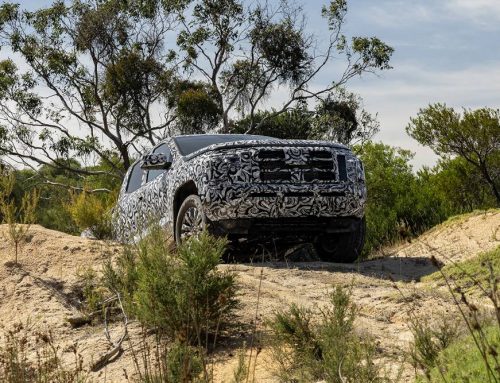

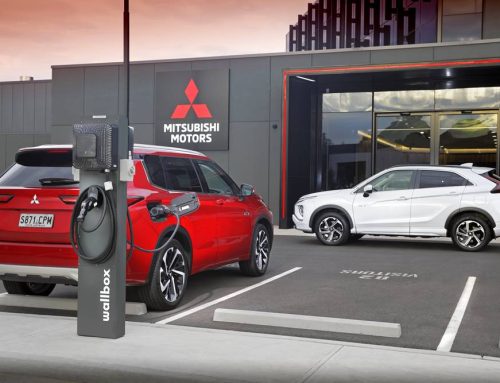
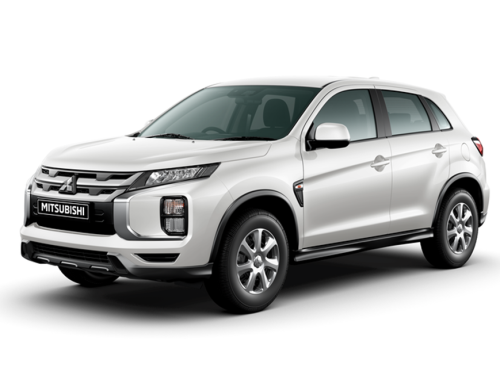
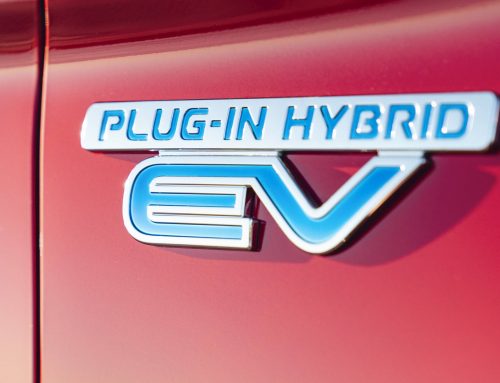


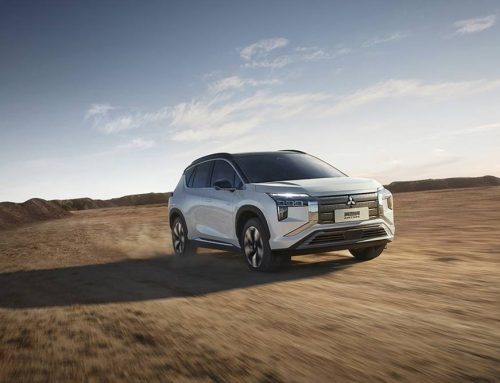

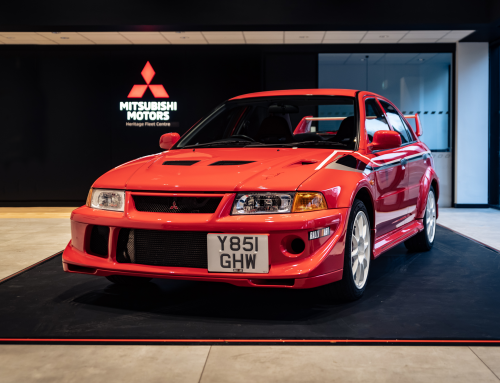

Leave a Reply